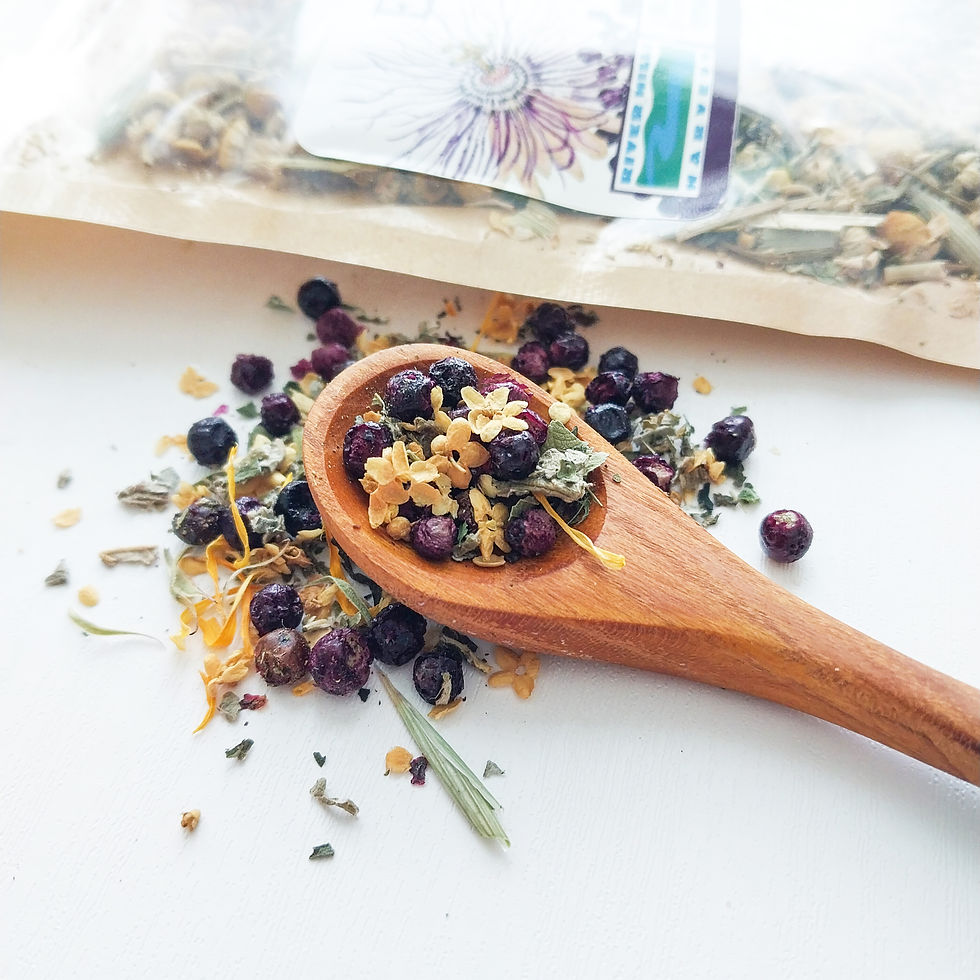Small Elderberry Plants
American elderberry plants (rooted cuttings) ship out in late spring of each year. Pre-orders open up in early spring and shipping usually happens in May and June.
Small elderberry plants are sold individually. Once you receive them you should plan to get them in the ground as soon as you can. It starts to get too hot to plant them with success in later June and July. If you can't get them in the ground then, transplant them into a larger pot you can manage through the summer and plant them in the ground in the fall. They will likely want watered immediately once they arrive. Don't be alarmed if some or most of the leaves on the elderberry die off at first, keep your eye out for new growth coming from the original cutting or the soil around it.
Read about American elderberries:
- Our American elderberry plants were planted this last winter as dormant hardwood cuttings. They have been very well taken care of by our crew and will arrive to you with established roots and possibly some leaves.
- These plants are certified nursery stock and you can read about the different selections below.
- Planting can take place anytime now but it's recommended to get it into the ground or a pot before the real heat of summer sets in.
- Be sure to break up the light potting mix they arrive in and mix well with your soil, as the light potting mix can dry out very fast.
- Ensure your elderberry is planted in full sun if you want it to fully produce, these are first year plants and they will begin to produce berries next year. Any flower heads that form this season should be pinched off.
- Plant in well drained soil and ensure you do not let it dry out for very long.
About American elderberries, Sambucus canadensis:
- In general, elderberries can reach around 10' tall in Northern states while they can reach up to 15' tall in Southern states.
- They thrive and produce the most in full sun but can grow well in part shade. If you live in a very hot location like Texas, we would recommend you give your plants some afternoon shade if you can.
- Elderberries are going to prefer a soil pH between 5.5 and 6.5.
- They prefer a moist soil with lots of organic material. They do well irrigated but can also do without.
- It is not required to have two different varieties to pollinate, but it can improve production over time.
- Native to the US, Sambucus canadensis berries are able to be processed using cooler temperatures than the European native, Sambucus nigra. Boiling is not required. American elderberries contain more antioxidants than others across the globe.
About River Hills Harvest elderberry rooted cutting varieties:
- Adams 2
- Early ripening with very large clusters of purplish/black berries. Sweeter than most elderberries and somewhat self-fruitful. One of the oldest cultivars from New York. These plants are tall with excellent yields.
- Adams typically grow between 8 and 10 feet tall.
- Indeterminate
- Bob Gordon
- The new cultivar Bob Gordon had a larger berry than Adams. The Bob Gordon was the number one producer in trials and researchers are confident Bob Gordon is a truly superior cultivar for the Midwest and other areas of the country.
- Higher brix, and often chosen for the sweetness in the berries; great for wine.
- Recumbent ripe berry heads that are more shielded from birds.
- Determinate
- Grows 6 to 8 feet tall.
- Pocahontas
- Pocahontas is a fast-growing vigorous cultivar that is extremely prolific, featuring large flower cymes and berry-heads. Big yields in a hurry. However, it blooms a bit later than other genotypes, so shorter-season plantings may find that berries may not ripen.
- Pocahontas elderberries typically grow 12 feet or taller.
- Ranch
- This hardy short plant seems to be most tolerant to harsh conditions. The stockiness provides a lower fruiting canopy for those short pickers. Single stemmed. Tends to grow upright and is not bushy.
- One of the strongest elderberry cultivars, very woody and grows well on less fertile soils.
- Grows 5 to 6 feet tall.
- Determinate
- Wyldewood
- A vigorous producer that is first to reach bud break in spring and is the latest to ripen. Tends toward having three umbrels on each stem. WW1 came in second at university trials and showed a potential of 12,000 pounds per acre. This will be the first varietal released by the University of Missouri. This is our main commercial variety. Its unique processing properties and high yields make it the most popular.
- Indeterminate
- Grows 6 to 10 feet tall.
Learn More:
.png)































